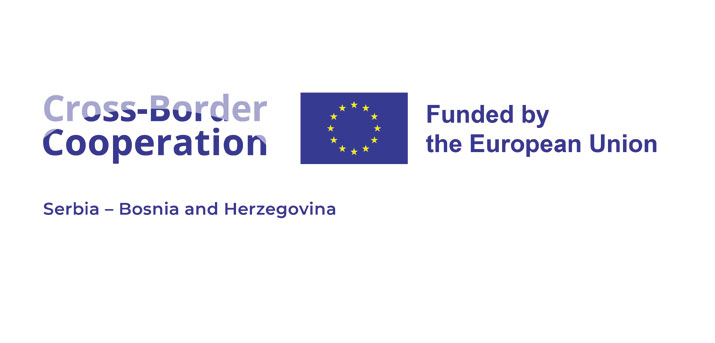The publication “Analysis of the implementation of the youth policy at local level in cross-border region of Serbia – Bosnia and Herzegovina” was issued as a result of the project “Youth –the most important driving engine in our region”, funded by the European Union through IPA Cross-border ProgrammeSerbia – Bosnia and Herzegovina. Center for Equitable Regional Development is implementing this important project in the area of encouraging the development of youth policies at the local level, in partnership with organization from B&H – the Helsinki Committee for Human Rights in RepublikaSrpska (Bijeljina).
The publication contains relevant and interesting information about the actual involvement of youth offices in the cross-border region to which the two organizations came thanks to extensive survey, conducted during the implementation of the current project. The primary goal of this publication is to show the real state of affairs in the field of implementation of youth policies in municipalities/cities located in the above-mentioned cross-border area, to compare the present practice in Serbia and Bosnia and Herzegovina in terms of solving the problems of youth, and to present to youth policy decision makers in both countries the deficiencies in practice and recommendations on how to overcome the problems in order to achieve better and more sustainable results.
In addition to a brief overview of the legal and institutional mechanisms for the support of young people in both countries, the most important part of the publication are the results of the survey on the functioning of the youth offices/committees in 16 municipalities/cities (SremskaMitrovica, Indjija, StaraPazova, Ruma, Prijepolje, Nova Varoš, Užice, Čajetina, Bijeljina, Gradačac, Doboj-Istok, Orašje, Goražde, Višegrad, Foča, Srebrenica)and implementation of the local strategies/action plans for youth in these communities. These findings are resultof the intensive cooperation and interviews with employees in youth offices in targeted municipalities/cities, as well as of the analysis of their methods of advertising and communication with young people through websites and social media accounts. In order to complement the results of current implementation of youth policies in municipalities and cities that were included in the analysis, the fourth section of the publication presents the findings of the survey of 1214 high school students from the same local communities, on their assessment of the work of local bodies in addressing the problems of youth.
Additional information you can find here
Publication can be found here






